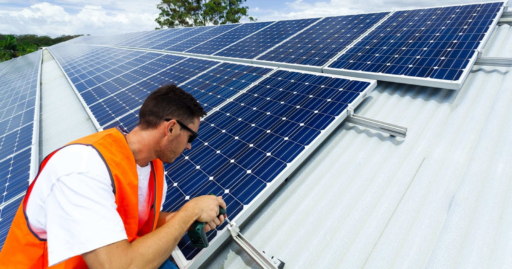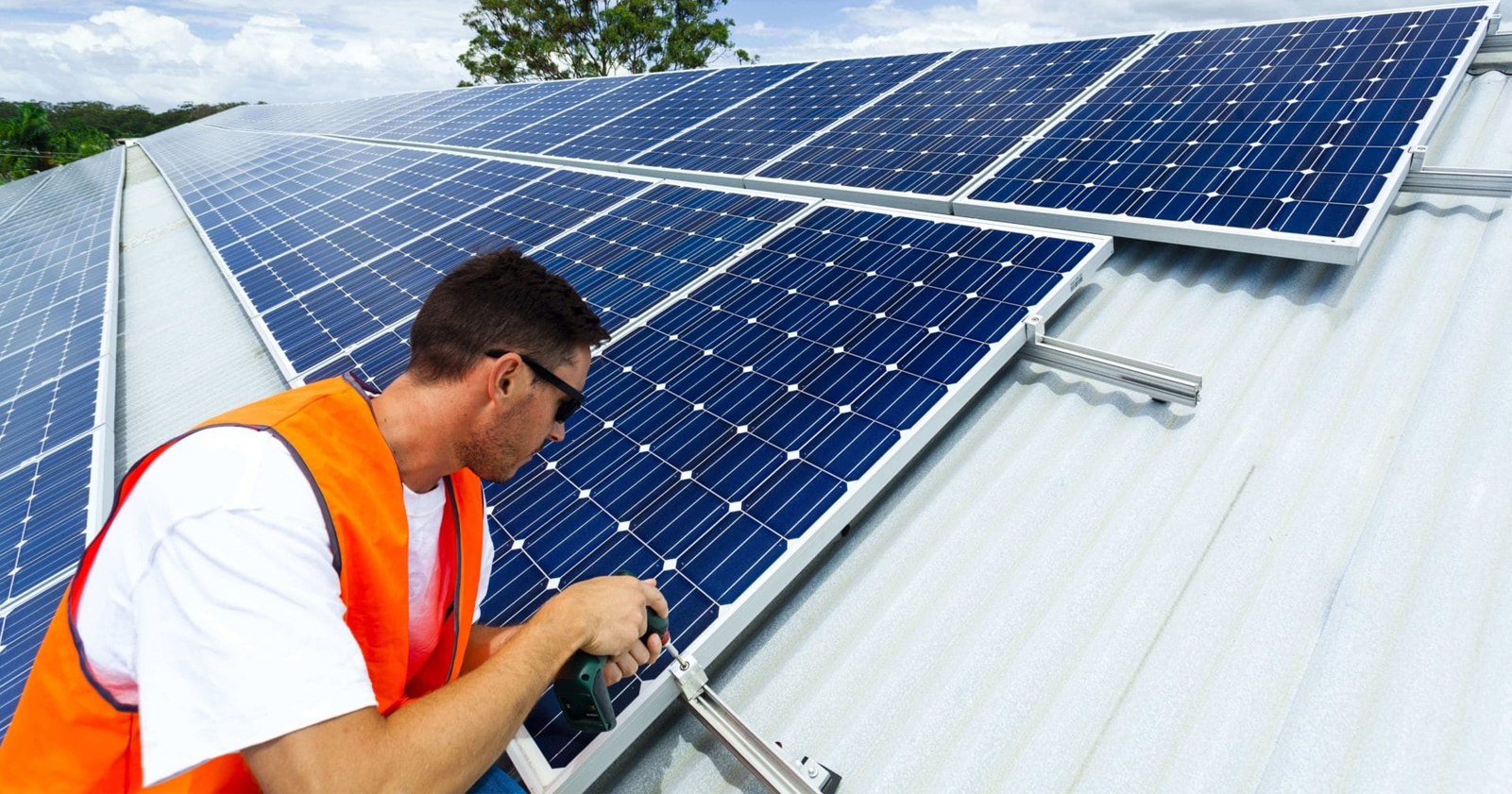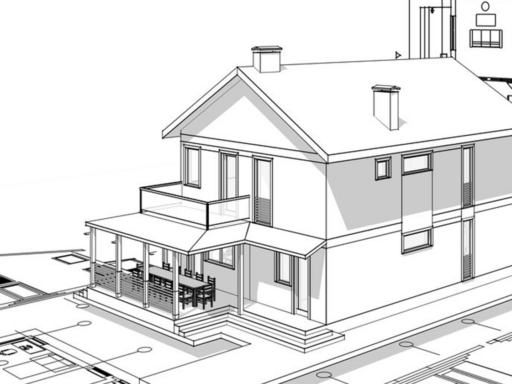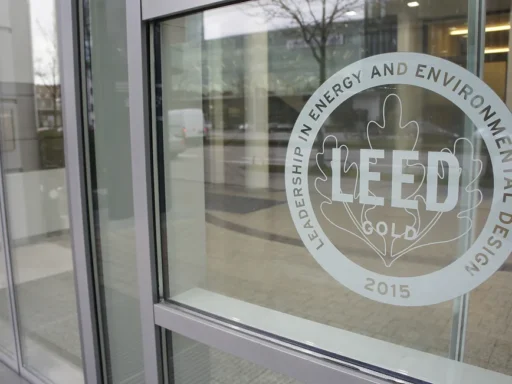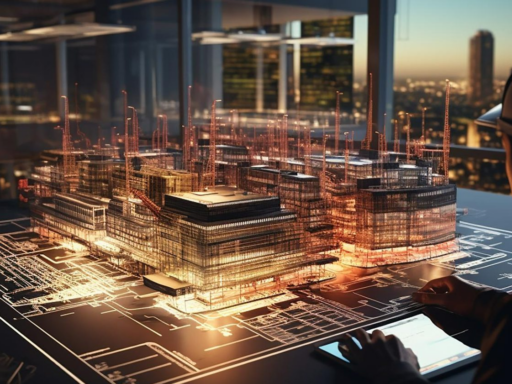Introduction
When considering Energy Efficiency in Buildings, utilizing BIM can significantly impact sustainability goals. By incorporating Sustainability Approaches into BIM tools, operational energy demand in construction can be reduced.
This article will explore the importance of energy efficiency in construction, the role of BIM in promoting sustainable solutions, and the challenges and opportunities that lie ahead.
Energy Efficiency Strategies in Construction
Reducing Energy Demand
In order to reduce energy demand, focusing on energy efficiency is key. By improving efficiency, you can lower greenhouse gas emissions and decrease reliance on fossil fuels.
- Implementing energy-efficient technologies can lead to financial cost savings.
- Minimizing greenhouse gas emissions is crucial for a sustainable future.
- Removing energy subsidies that promote high consumption is essential for reducing energy demand. To meet your goals of reducing energy demand, prioritize energy efficiency to lower costs and environmental impact.
One key strategy for improving energy efficiency in buildings is to reduce energy demand. This involves implementing passive measures that directly impact the thermal envelope of the building, such as optimizing facades, windows, floors, and roofs. These measures aim to reduce energy consumption while ensuring comfortable indoor temperatures throughout the year.
Increasing Use of Renewable Energy
Efficiency in energy consumption is crucial, when looking to reduce your carbon footprint. Embracing renewable energies such as solar and wind power can significantly contribute to a sustainable future. By incorporating cutting-edge technologies, you can optimize the utilization of renewable resources.
- Harness the power of solar panels to generate clean electricity.
- Utilize wind turbines to tap into the energy of the wind.
- Explore geothermal systems for efficient heating and cooling solutions. To meet the increasing demand for clean energy, it is essential to prioritize the adoption of renewable energies. By investing in sustainable practices, you can contribute to a greener planet for future generations.
By leveraging these clean energy sources, buildings can reduce their dependence on fossil fuels and contribute to a greener future.
“The use of renewable energy in buildings is an active strategy that aims to satisfy the reduced demand for primary energy.” – Matias Andreozzi, BIM Architect
Maximizing Efficiency of Building Systems
Maximizing the efficiency of building systems is a crucial aspect of energy efficiency. By using highly energy-efficient systems and installations, the reliance on fossil fuels can be minimized, and overall energy consumption can be optimized. This includes using advanced technologies for heating, cooling, ventilation, and lighting, as well as implementing energy management systems to monitor and control energy usage in real-time.
The Role of BIM in Promoting Energy Efficiency
Building Information Modeling (BIM) is revolutionizing the construction industry by providing a common platform for collaboration, data exchange, and visualization. It enables designers and developers to simulate and evaluate different scenarios before the actual construction phase, allowing them to assess the impact and energy efficiency of their projects.
“The integration of BIM in construction is driving innovation and collaboration in the pursuit of sustainable energy solutions for the cities of the future.” – Matias Andreozzi, BIM Architect
BIM also facilitates real-time monitoring of energy consumption in both buildings and urban environments, leading to more efficient resource management. The data collected through BIM models can be used to feed intelligent energy management systems, enabling dynamic adjustments to optimize consumption and reduce waste.
Challenges and Opportunities
Despite significant advancements in energy efficiency, the construction industry still faces challenges in adopting sustainable practices. The lack of clear regulatory standards and resistance to change within the industry can hinder the widespread adoption of energy-efficient strategies. However, the adoption of technological innovation, collaboration among stakeholders, and increased environmental awareness can drive the transition towards a more sustainable construction industry.
Conclusion
In conclusion, energy efficiency has become a central criteria in all stages of the construction process, from conception and design to construction and operation. By embracing energy-efficient practices and technologies, the construction industry can significantly contribute to the creation of more efficient, sustainable, and resilient built environments for future generations.
The integration of BIM in construction is driving innovation and collaboration, allowing stakeholders to explore different scenarios, evaluate energy efficiency, and make informed decisions. By leveraging its capabilities, we can optimize energy consumption, reduce waste, and create more sustainable cities.
While there are challenges to overcome, such as regulatory standards and industry resistance, the adoption of technological innovation, collaboration, and environmental awareness can accelerate the transition towards a more sustainable construction industry. Let us embrace energy efficiency and work together to build a greener future.

